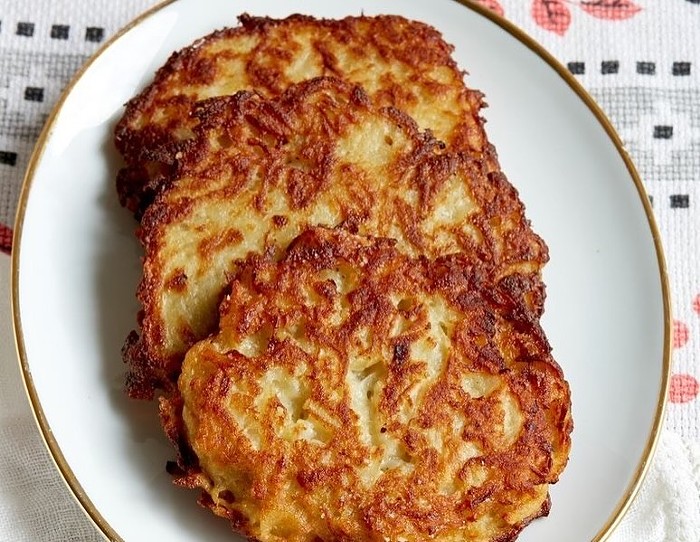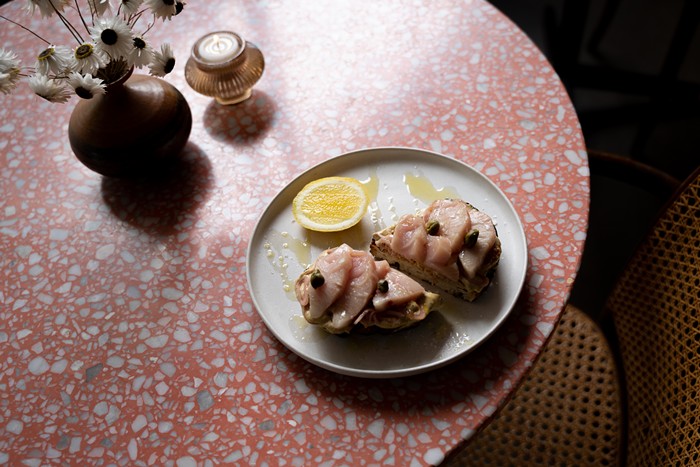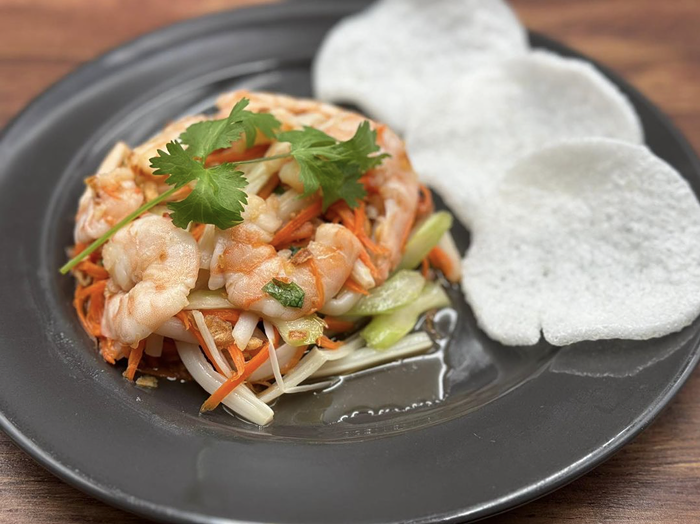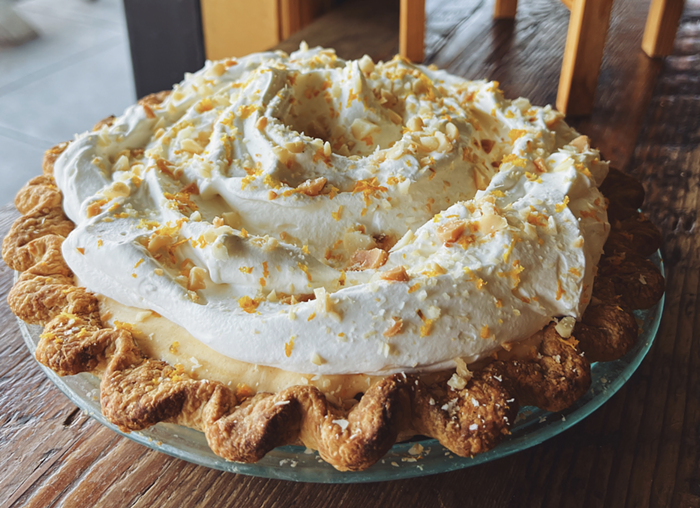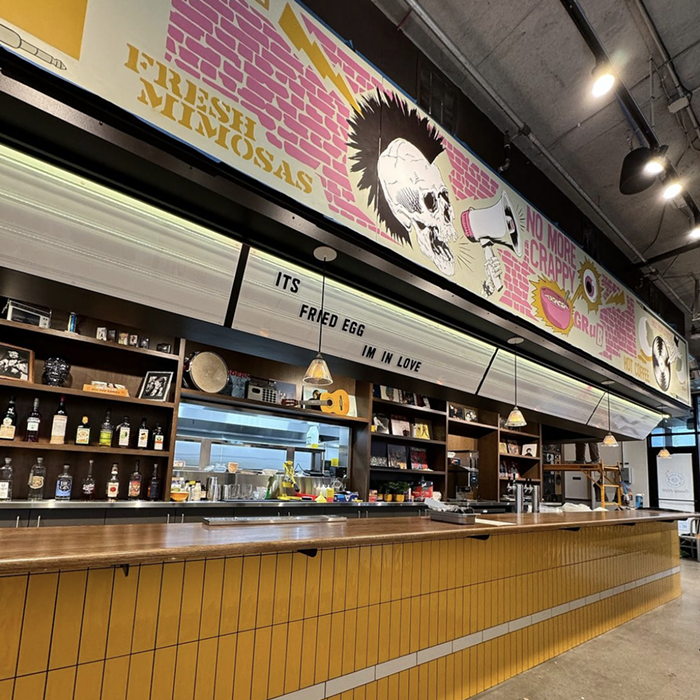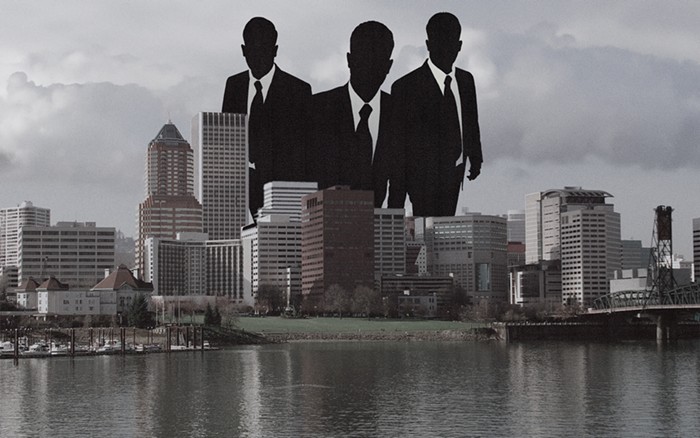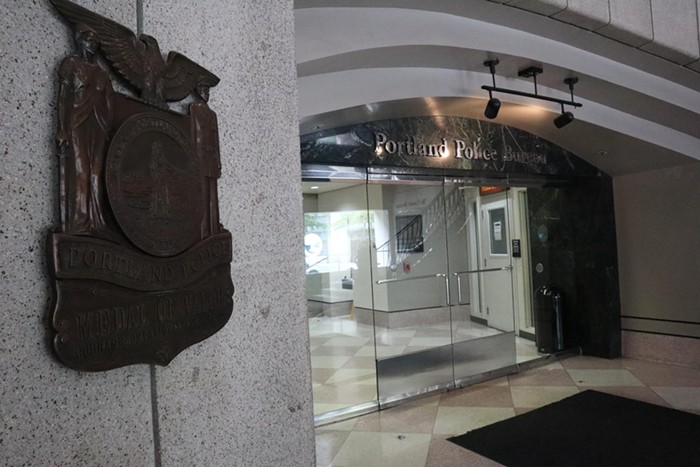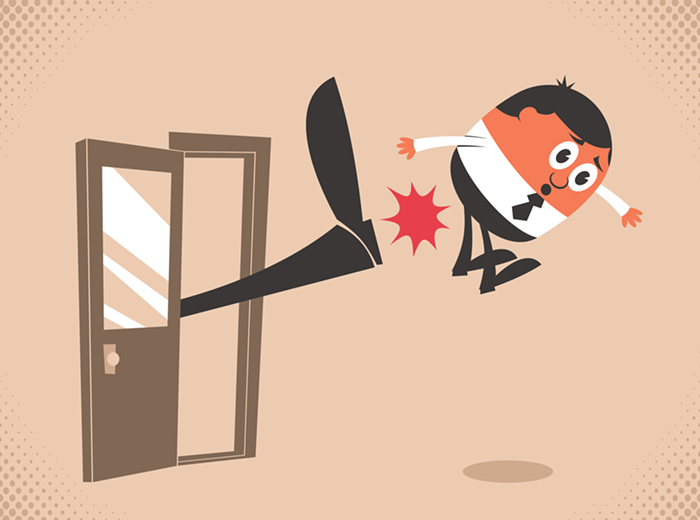There was beer in Portland before 1984. There was even craft beer in Portland before then. But 1984 marked the opening of two foundational breweries that signaled the local start of the craft beer movement, a seismological shift in drinking that continues to this day.
It might be hard to remember—or, most likely, imagine—what beer was like back then, because the past three and a half decades have utterly redefined American beer. Once an exclusive landscape of bland yellow lagers, America’s brewing scene has grown to incorporate beers of all shades and stripes, from painstaking recreations of old-world styles to experimental concoctions that push the envelope. And Oregon—and, specifically, Portland—has been at the vanguard of this movement, evidenced by the density of breweries within the city, which itself is surrounded by some of the best access in the nation to the raw ingredients that make up beer.
Prior to 1984, craft breweries (or, as they were called for years, microbreweries) were just a murmur. Considered the first new American brewery since Prohibition, New Albion Brewing opened its doors in Sonoma, California, in 1976, the first signal of the forthcoming wave of craft beer. By 1982 New Albion had closed, but by then, Portland had already seen its own first craft brewery open and shut its doors—Cartwright Brewing, which operated roughly between 1979 and 1981. By all accounts, Cartwright’s beer was inconsistent and plagued by bottling problems, and it faced a drinking market that wasn’t quite ready for it.
That market seemed to have matured by 1984—a year that, for what may have been entirely serendipitous reasons, saw the opening of not one but two major breweries in Portland. They were quickly followed by further important developments in the craft-brewing arena. And in the months and years to come, the Portland beer movement was propelled by a variety of people and ideas. But as far as watershed moments go, 1984 was when the most important seeds in Portland’s craft-beer movement were sown.
BEGINNINGS
A quick snapshot: 1984 was the year tavern owner Bud Clark ran—and won—his race for Mayor of Portland, upsetting the heavily favored incumbent Frank Ivancie. It was also the year the NBA’s number-two draft pick, Sam Bowie, lied about his leg injuries and was drafted by the Portland Trail Blazers instead of another up-and-coming basketball player, Michael Jordan. 1984 saw the first Grand Prix of Portland held at Portland International Raceway, and a former downtown parking lot was paved over with bricks and transformed into Pioneer Courthouse Square.
Meanwhile, two breweries set up shop in an industrial part of Northwest Portland that was later redeveloped as the Pearl District. Accounts vary as to which came first, although Widmer Brewing claims its opening date was April 2, 1984, earlier than any account I was able to find of Columbia River Brewing, which also opened that year (in November, one source says).
Widmer Brewing—they’d add “Brothers” to the company’s name a few years later—was, indeed, started by two brothers named Widmer: Kurt and Rob, who carved out a niche in the Portland market with their version of altbier, a dark copper, hop-forward style of beer made almost exclusively in Düsseldorf, Germany. Using (by today’s standards) a crude brewing line made from old dairy equipment, the brothers and their fledgling team delivered kegs of Widmer Altbier to Portland taverns from the back of their dad’s Datsun pickup—as pure an example of Portland do-it-yourself ingenuity as the city’s ever seen.
The Widmers got their inspiration from Germanic brewers, but Columbia River Brewing took their cue from one of Europe’s other grand brewing traditions: English ale. Columbia—which quickly rebranded itself as BridgePort, after the name of their first beer, BridgePort Ale—was started by winemakers Richard and Nancy Ponzi, who hired brewer Karl Ockert to make a portfolio of ales that grew to include classic UK styles like ESB, stout, and barleywine.
(The third great European brewing tradition—that of Belgium—would take many more years to ripen in the Northwest, but in 2019, an astounding number of Oregon breweries are making stuff that can stand toe-to-toe with the best Belgian beer makers.)
SUCCESS
Widmer’s altbier had its fans, but it wasn’t exactly what you’d call a sensation. The Widmers wouldn’t experience that until the 1986 introduction of their Hefeweizen, which catapulted the brothers to the next tier of success. Widmer’s flagship product began as a variation on their second beer, a filtered wheat beer simply called Weizen. One night, they sold a milk-cloudy unfiltered version as a one-off novelty at Dublin Pub—then located on Southeast Belmont—but its unconventional look, hoppy crispness, and thirst-slaking wheat component made it an instant hit.
In The Widmer Way, a new book detailing the history of Widmer Brothers Brewery, local beer writer Jeff Alworth explains how Widmer’s take on hefeweizen differed greatly from the Bavarian versions brewed in the old world. “Widmer Hefeweizen helped create the qualities we now consider archetypal in American beer,” Alworth writes, breaking them down into three main categories: cloudiness and rusticity, late hop flavors, and drinkability. “Hefeweizen was one of the key beers in establishing the Northwest palate, which was just a decade or three ahead of where America finally landed, too.”
Its uniqueness and success led the Widmers to open a second brewery downtown, then a third across the river at the Northeast Russell location where it’s currently based. (That brewery has significantly expanded since, incorporating a bottling line in 1996 that helped Widmer become one of the most successful microbreweries in that first wave of American craft beer.)
BridgePort followed a slower trajectory, focusing operations on its brewpub, which opened in 1986. BridgePort earned a solid reputation among Portland beer drinkers, but its breakthrough product wouldn’t arrive until 1996, in the form of BridgePort IPA. At that point, IPA was not such a common thing, and plenty of drinkers found its aggressive hoppiness too much. By today’s standards, BridgePort IPA would seem relatively tame at 50 IBU (international bittering units), but at the time it was considered extreme.
What BridgePort IPA did so beautifully was showcase the wonderful aroma and flavor of the hops, and before long, other breweries were trying their hand at the IPA style. In a market that later became crazed with IPAs, BridgePort’s rendition remained the stylistic center of gravity, particularly in Portland.
OUTSIDE INVESTORS
The year before BridgePort IPA hit the market, the brewery had been purchased by the Texas-based Gambrinus company, maker of Shiner beers and importer of the Mexican beer Corona. Gambrinus greatly upped BridgePort’s brewing capacity and built a new bottling line, flinging the brewery into its next stage of growth.
Widmer, too, took on a partnership with a much bigger company in 1997—with Anheuser-Busch, the largest American brewery at that time. The St. Louis makers of Budweiser acquired roughly a third of Widmer, which allowed the smaller brewery access to AB’s national distribution network and markets it couldn’t have entered on its own.
There had been a big dip in the craft-beer market in the ’90s, following that initial explosion in the ’80s. Lots of start-up breweries closed, while others sought difficult paths forward as the industry stabilized. It could be argued that by getting into bed with these big investors, Widmer and BridgePort were able to not only keep the lights on, but to grow their companies into national brands, creating more jobs for local workers and cementing Portland’s status as a haven for craft beer.
It could also be argued that these involvements with outside money cemented the inevitable future of craft beer. For Widmer, it mostly worked out okay. For BridgePort, less so.
MARKET CORRECTION
Big business and craft beer have never been comfortable bedfellows. The craft-beer movement started as an about-face to anonymous, industrial lager-makers, separating itself from corporate beer by emphasizing artisan technique, DIY gumption, and attention to detail.
But beer is a popular thing, and when demand for a product rises, most businesses will want to meet it. Over the past decade, we’ve seen a huge influx of new breweries in Portland, which had no shortage of breweries to begin with. And something was bound to break: Several breweries—like Burnside Brewing, the Commons, and Alameda—have hit the rocks. Closures are inevitable when commerce and craft collide, when a market gets flooded by something even as great as beer, and when a customer base gets more educated and opinionated.
2019 began as a year of reckoning for the established model of craft beer. In January, Widmer—now a member of the Craft Brew Alliance, in partnership with Kona, Redhook, Omission, and Anheuser-Busch InBev—closed its on-premises pub, perhaps the brewery’s most significant step backward since its first day of brewing Altbier.
While closing the pub may not have dramatically affected Widmer’s bottom line, it removed the public point of entry for what has become a Portland institution. Fairly or not, Widmer has been looked at with a small degree of suspicion from some elements of the craft-beer community for its involvement with Anheuser-Busch InBev, and by closing the pub, Widmer took another unfortunate step closer toward becoming the type of faceless entity to which it initially launched in retaliation.
Worse news was to come: In March, BridgePort closed up shop altogether, having floundered in recent years as smaller, newer breweries picked away potential drinkers. Having once led the curve with innovations like the IPA and the firkin offerings at their pub, BridgePort found it difficult to keep up with a customer base that was always hot for the new thing, whether it be barrel-aged one-offs, kettle-soured ales, or hazy IPAs.
WHAT’S NEXT
In 1984, a brave new world of craft beer was just beginning. Thirty-five years later, the movement has matured—it’s old enough to run for president now—and the future seems both more stable than ever and entirely uncertain.
What won’t change is the breadth and depth of Portland talent. We’re a world-class beer city, and the staggering number of good places to get a pint is the envy of the rest of the world. Even the newest kids on the block—including Ruse, Little Beast, Von Ebert, and plenty of others—are making some of the best damn beer Portland’s ever seen.
What’s less clear is how our city’s remarkable beer makers can sustain themselves financially. It seems that once breweries attain a degree of success, making the leap to the next plateau involves a substantial amount of risk. And mitigating that risk might involve investors or outright buyers.
Oregon’s three-tier distributor system is partly responsible. A small brewery needs a big distributor in order to get shelf space in your neighborhood grocery store, and those distributors require a brewery to have a certain amount of beer—the same beer, consistently made again and again—at the ready, at all times. And that distributor demand doesn’t necessarily translate into actual sales.
Making all that beer, the same way, over and over, doesn’t sound like much fun for a dedicated craftsperson who got into brewing as a way to develop and explore recipes for exciting, challenging beers. Which means we’ll likely continue to see the gap between our dedicated artisanal small-batch breweries and the ones you can reliably buy in four-packs at New Seasons.
All of which is to say that the path forward from tiny start-up brewery to globally recognized brand is less straightforward than before. Perhaps that trajectory, as we know it, is no longer realistic. Fortunately for Portland, the city’s beer scene is a tight-knit and supportive one, and remains competitive in the healthiest possible way—provoking innovation, excellence, and community.
Looking back on the seismic shift in Portland beer that took place in 1984, some of the same values remain crucial today. A pioneering attitude and homespun work ethic characterized those initial efforts of Widmer and BridgePort, and those are still in strong supply in the current crop of craft beer. And before their brands were disseminated across the country, Widmer and BridgePort built up local, loyal customer bases, one pint glass at a time.
In other words, 1984 wouldn’t have happened without Portland’s inherent, thirsty curiosity for something new and something good. That attitude continues to serve us well, and should carry us through all of craft beer’s permutations and innovations to come.
This story has been updated to correct Dublin Pub's original location.

